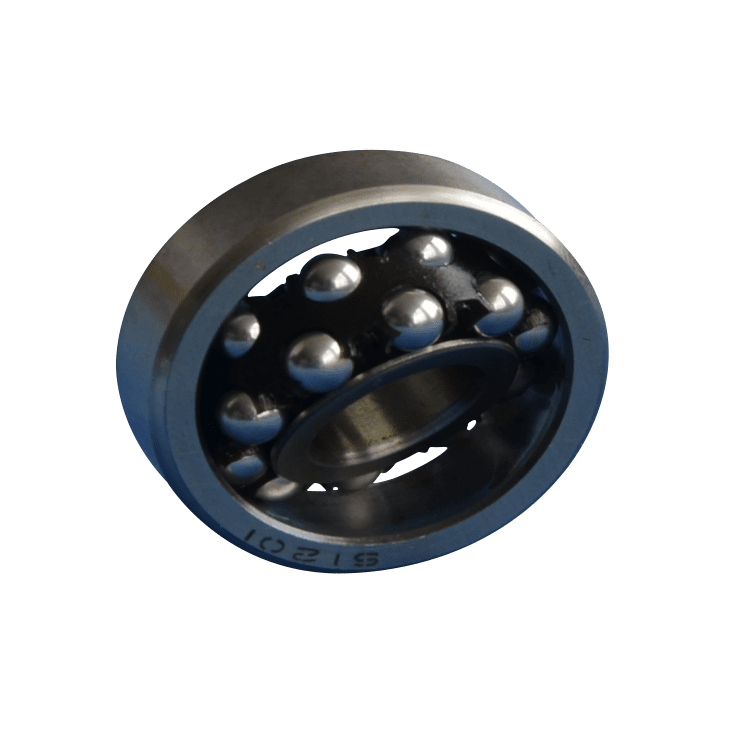Welcome to Tarso, professional special bearing manufacturer
Stainless steel bearings are a good choice for a number […]
Stainless steel bearings are a good choice for a number of reasons. They are non-magnetic and lubricated with grease or oil, making them a good choice for applications where abrasion or corrosion might prove fatal. They are available in an assortment of sizes and styles, making them suitable for a range of uses. However, not all stainless steel is created equal. Some may carry a premium of twenty to forty percent over standard offerings.
The most basic of these is a low-carbon steel material that is used to make metal shields and bearing cages. This particular bearing component is best suited to low-load, low-speed applications.
In addition to the usual suspects, there are also many other materials that can be used to create bearing components. One of the more popular alloys in the industry is the nickel-chromium-molybdenum (NiCrMo) family. This particular stainless steel material is known to have a hefty payload, though if you're looking for a robust metal to rely on, you may want to opt for a higher grade. Its eponymous alloy is also used to make other high-performance bearing components, including a wide array of bearings, bushes, and shims.
The stainless steel industry is still developing newer and better varieties, and there are many more to come. Some examples include a new class of super-hardened, high-strength, heat-resistant alloys. Other materials that have shown some real-world merit include a molded acetal (POM) that is used in the creation of special bearing designs. Its most notable feature is the ability to be molded into virtually any shape or size while maintaining a high level of strength and toughness. Another interesting component is the boron. In some cases, this material is added to the metal to give it a tougher finish and a higher tensile strength. This is not to be confused with boron nitride, which is a different material and is harder to mold.
The most important thing to remember when shopping for a bearing component is to know your application. There are numerous types of bearings, each with its own specific requirements. You should also take into account the rated speed of your bearing. Some bearings may already be supplied with grease or oil, but if you are looking for an entirely different application, you will probably need to rely on the more expensive and rarer varieties. Lastly, you will likely need to take into consideration the price range of the bearing you choose. This is especially true if you're looking to stock up on replacement parts for a manufacturing facility or your own shop. The best thing to do is to ask your supplier what the best prices are for the products you're considering. You might even be able to save some money by shopping for a complete set of bearings instead of just a replacement. You'll be glad you did. Aside from the cost of the replacement, you will also be saving yourself from the hassle of dealing with the hassle of ordering and returning damaged items.

304 Stainless Steel Self-Aligning Ball Bearing 304/ 304/ PA66
Advantage Of 304 Stainless Ball Bearing
1. High temperature & low temperature resistance.
2. Corrosion resistance: It can be washed by water.
3. Cleaning: Stainless steel bearing is cleaning due to its anti-corrosion function.
4. Workable in liquid environment.